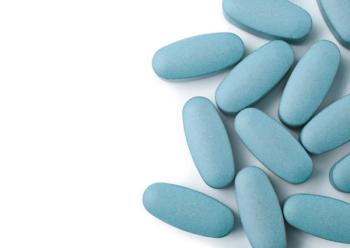
|Slideshows|May 28, 2020
Dosing Secrets for the Top Mood Stabilizers
Author(s)Chris Aiken, MD
These mood stabilizers cover a lot of ground, but it is important to know how to use them.
Advertisement
Newsletter
Receive trusted psychiatric news, expert analysis, and clinical insights — subscribe today to support your practice and your patients.
Advertisement
Latest CME
Advertisement
Advertisement
Trending on Psychiatric Times
1
The Psychiatric Pipeline in Review: Quarter 4, 2025
2
New Year’s Resolutions and Bipolar Disorder: Insights from Jo Hughes, DSMc, PA-C, CAQ-PSYCH
3
New Year Symbols and Their Psychological Meaning
4
December in Review: Updates on the Psychiatric Treatment Pipeline
5

















